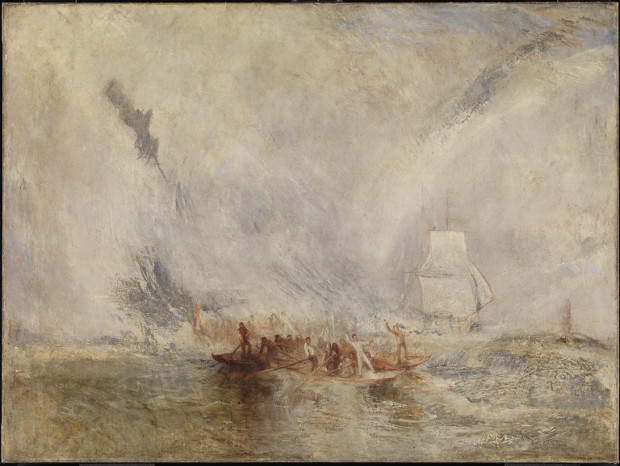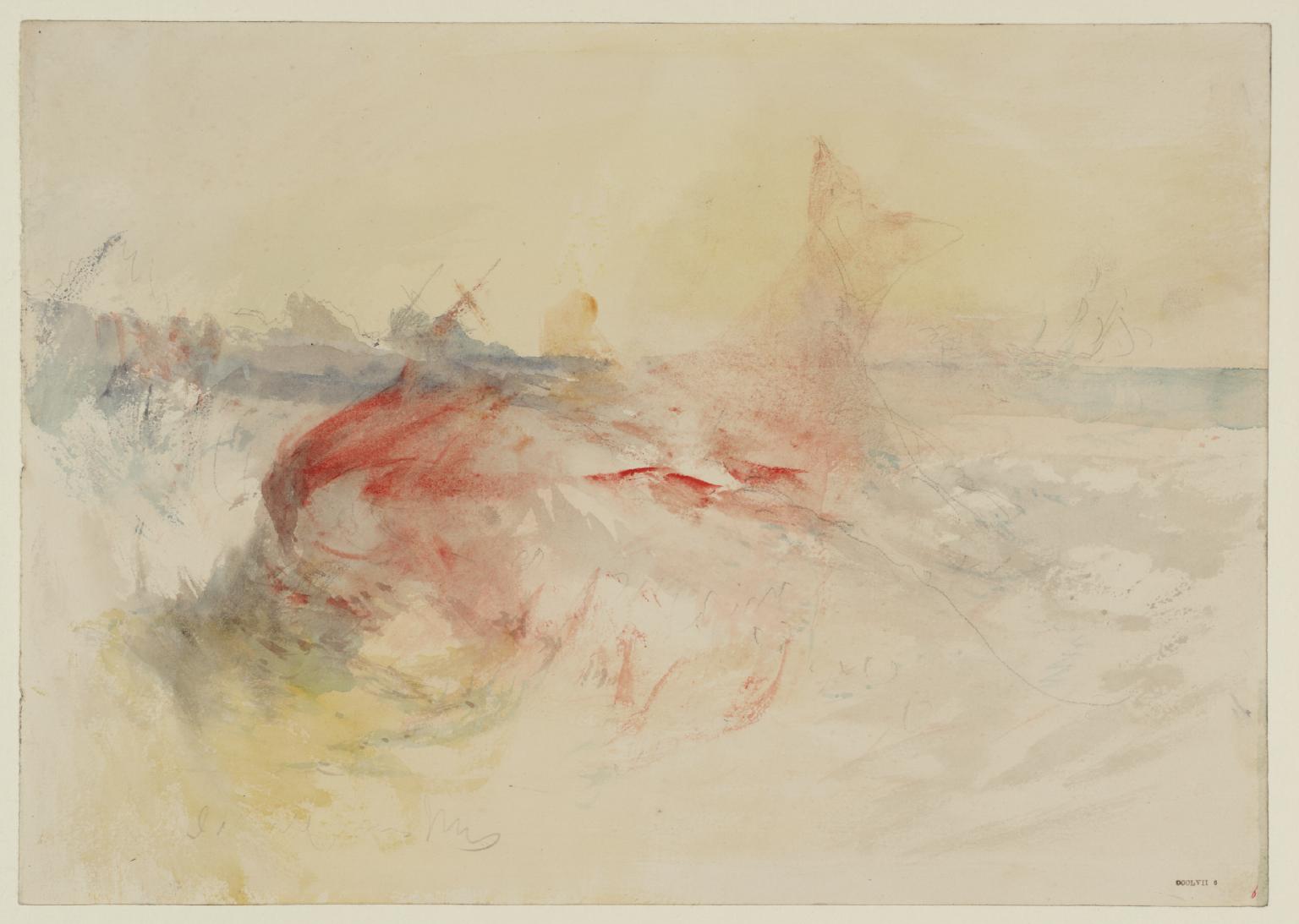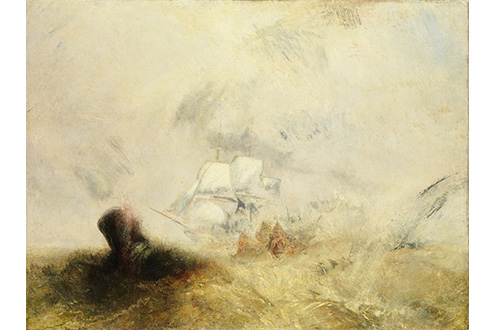
Did Turner’s paintings inspire Moby-Dick?
That’s the claim put forward by the Metropolitan Museum of Art in its new show of the British artist's whaling scenes
Pictorial art’s influence on narrative fiction is pretty clear. Johannes Vermeer’s painting Girl with a Pearl Earring has, in recent years, inspired a book as well as a subsequent play and film. Georges Seurat’s 1884 work A Sunday Afternoon on the Island of La Grande Jatte served as the basis of Stephen Sondheim’s 1984 musical, Sunday in the Park with George. Magnum photographer Sergio Larrain’s shot of a couple embracing beside Notre Dame cathedral went on to inspire Michelangelo Antonioni's 1966 film Blow-up. Leonardo da Vinci’s Lady with an Ermine informed aspects of Philip Pullman’s His Dark Materials series of novels; and JG Ballard’s short story Terminal Beach appears to bear the influence of Salvador Dali’s The Persistence of Memory, a canvas the novelist regarded as the greatest painting of the 20th century.

Yet all these are minor works in comparison to the magnum opus that a selection of JMW Turner paintings, currently on show at New York’s Metropolitan Museum, may have influenced.
Turner’s Whaling Pictures brings together a quartet of sea scenes painted by the great British artist during the 1840s, alongside a series of accompanying watercolours, prints and books, offering insight into Turner’s appreciation of this side of maritime life.
The pieces are beautiful examples of Turner's art, which, as EH Gombrich puts it in The Story of Art, make us feel “small and overwhelmed in the face of the powers we cannot control.” However, the Met suggests that one such overwhelmed admirer may have gone on to replicate this sense of nautical peril in the great American novel Moby-Dick.

“Whaling Pictures offers a unique opportunity to consider the paintings as an ensemble and to contemplate their legacy, including their possible impact on Herman Melville’s epic novel,” the Met explains, “published months before Turner’s death in 1851.”
According to the author’s letters, Melville was about half way through his book by 1850, meaning that an earlier trip to Great Britain could well have influenced the work.
“It is not certain that Melville saw the paintings when he first visited London in 1849,” the Met explains, “but he was unquestionably aware of them. Aspects of Melville’s novel are strikingly evocative of Turner’s style.”
Well-read gallery goers can make up their own minds by viewing the pictures, which will be on show until August 7. And for greater understanding of this brilliant and important 19th century painter order a copy of this thorough overview, or this attractively priced and presented visual introduction.